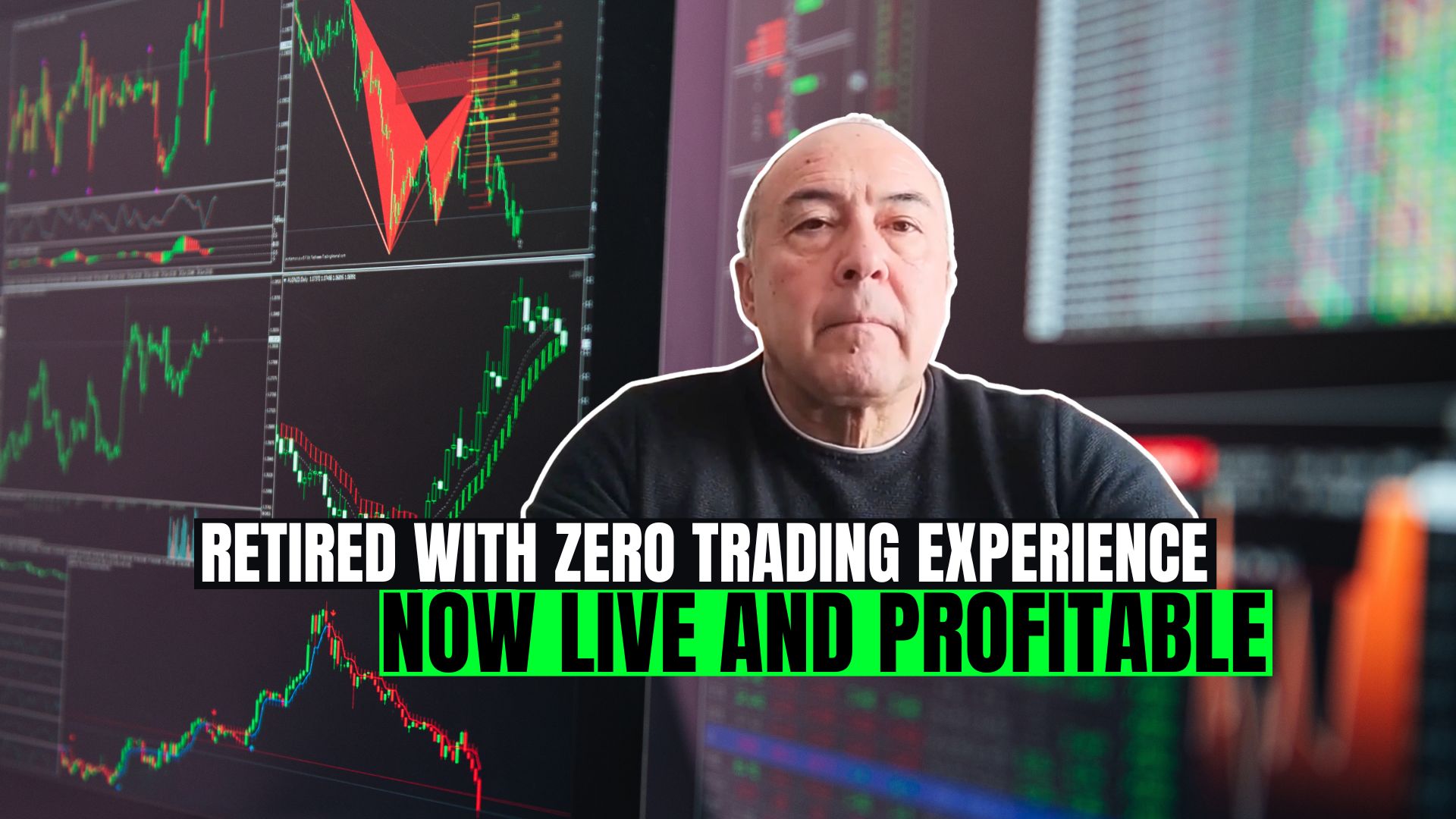Hi guys, hi from Andrea Unger! Today, I’d like to talk about pyramiding, or scaling in, and scaling out. What is the right way to use these techniques? What are the risks and the precautions that should be taken?
In one of my videos, I spoke about how dangerous it is to average down a position. The dangers are both psychological, as it means you don’t accept losses, and monetary, because you increase your exposition on a weak underlying, because you buy more and more on an instrument that is going down.
So, somebody asked me on the blog, “I like this, but what’s your opinion about scaling in or pyramiding a winning position?”
Pyramiding a Position
I think pyramiding makes sense only if you keep constant control on your risk and this still lets you make more money netting the positions from commissions and costs.
What does this mean? Imagine that today you enter with one contract and keep the position open for 10 years. Suppose the position goes up for 10 years and you make a lot of money.
If every month you jumped in with one more contract, in the end, you would have more money. This is clear because the position went up. However, if you entered with the whole size you distributed along the path at the very beginning, you understand immediately that you would have even more money, because every single contract would have gained the whole move, while scaling in the contracts entering late, obviously, makes less money, because they aim to a higher level, so they have a smaller distance to travel. Of course, you don’t know from the very start if the move will be that big.
This is clearly a sort of anti martingale technique. Does it make any sense? It makes sense if you have a long-lasting position, because you obviously have to take advantage of it.
Suppose that you enter today with one contract, because one contract is the size that keeps your losses, in case of stop-loss, below 2% of your equity. I’ve chosen 2% because my risk profile tells me that 2% is fine. However, you can choose the percentage you are most comfortable with.
Once your position goes up, it might happen that, after 1 month, your open position makes profits. This portion of gain may allow you to add one more contract, because, still applying a 2% risk, the new capital allows you to absorb the stop-loss with 2 contracts instead of 1. In short, as you have more money, you can have a higher exposure.
Also consider that, after this move, you might have moved your stop loss up. I don’t like the trailing stop very much, but on such a long-time horizon you obviously need to adjust the stop.
So, if with the new stop I would lose only 1% with one contract, I could add a second contract, because pulling out two contracts would still keep my total losses below the 2% of my equity.
Keeping the risk of your position in line with your risk profile, you can scale in and take maximum advantage of the power of position sizing. This is the way to apply it in an open position. However, normally you do it when you enter the next position: you close one, you have your closed balance and you make your maths on the following position.
Please, be very careful to one thing. The reason why you add contacts to your winning position is not that you believe in the strength of that market. You enter because your risk profile allows you to do so, as in that very moment you are still keeping your overall risk below your risk threshold, which in this case was 2%.
If you have a larger capital, the 2% of that capital will be larger. This allows you to risk more in case of stop and, so, to add 1, 2 or whatever contracts to your position.
I think this is the right way to do pyramiding, if you want to do it.
What are the Risks of Pyramiding a Position?
The Anti-Martingale is dangerous when you apply it to completely absorb your margins. Adding a contract as soon as you have some free margins is not a wise choice. In fact, although you have more power on your balance, you should consider that, if you add one contract, you will go down with 2 contracts, losing twice as much as you did before.
So, what you have to do is to consider how much you lose when you increase your position. If you make decisions resting on margins, you really risk wiping your account out very quickly. Increasing too much with no specific risk control in your account is very dangerous.
Personally, I don’t really like buying based on margins (Anti-Martingale approach). Instead, I prefer to increase the size of a position based on risk control. Please let me know your opinion about Pyramiding and the Anti-Martingale approach in the comments.
Scaling Out
Scaling out is a different technique that has nothing iìto do with Pyramiding. It consists in entering the position with multiple contracts and closing some of them at specific points. One when you cover the costs, one in breakeven, one in gain, etc.
Clearly, this is a purely psychological issue. Suppose you have 6 contracts and close them at 4 different points (2+2+1+1). This means you obviously have 4 different exit techniques. In order to understand if scaling out is useful, we should split your system into 4 systems and then compare the results that are produced by the original system (with the single exit at a certain point) and those we get by adding the results of the 4 systems, with the same number of contracts, obviously, and the 4 exits at different levels.
This evaluation shows that, on the average of the overall path of your trading system, the original exit makes more money.
The Bottom Line
Sometimes, scaling out may help you protect or even make gains, whereas the original exit may turn into a loss. However, normally the original way with the single exit brings more money than the scaling out technique.
If you like scaling out because you have the feeling it protects your gains, go ahead. Making less money is not a problem, because making a lot of money under stressful conditions might lead you to make mistakes that may cost you your entire account, in case you don’t respect your plan.
However, I don’t think scaling out can help you make more money. This is something people tells you to sell you something beautiful. The only benefits this technique can produce are psychological.
I also don’t like the Pyramiding technique. To buying based on margins, I prefer the increase of the size of a position based on risk control.
This is my opinion, however. So, please, let me know your opinion about and experience with it.
See you next time, ciao from Andrea Unger!







